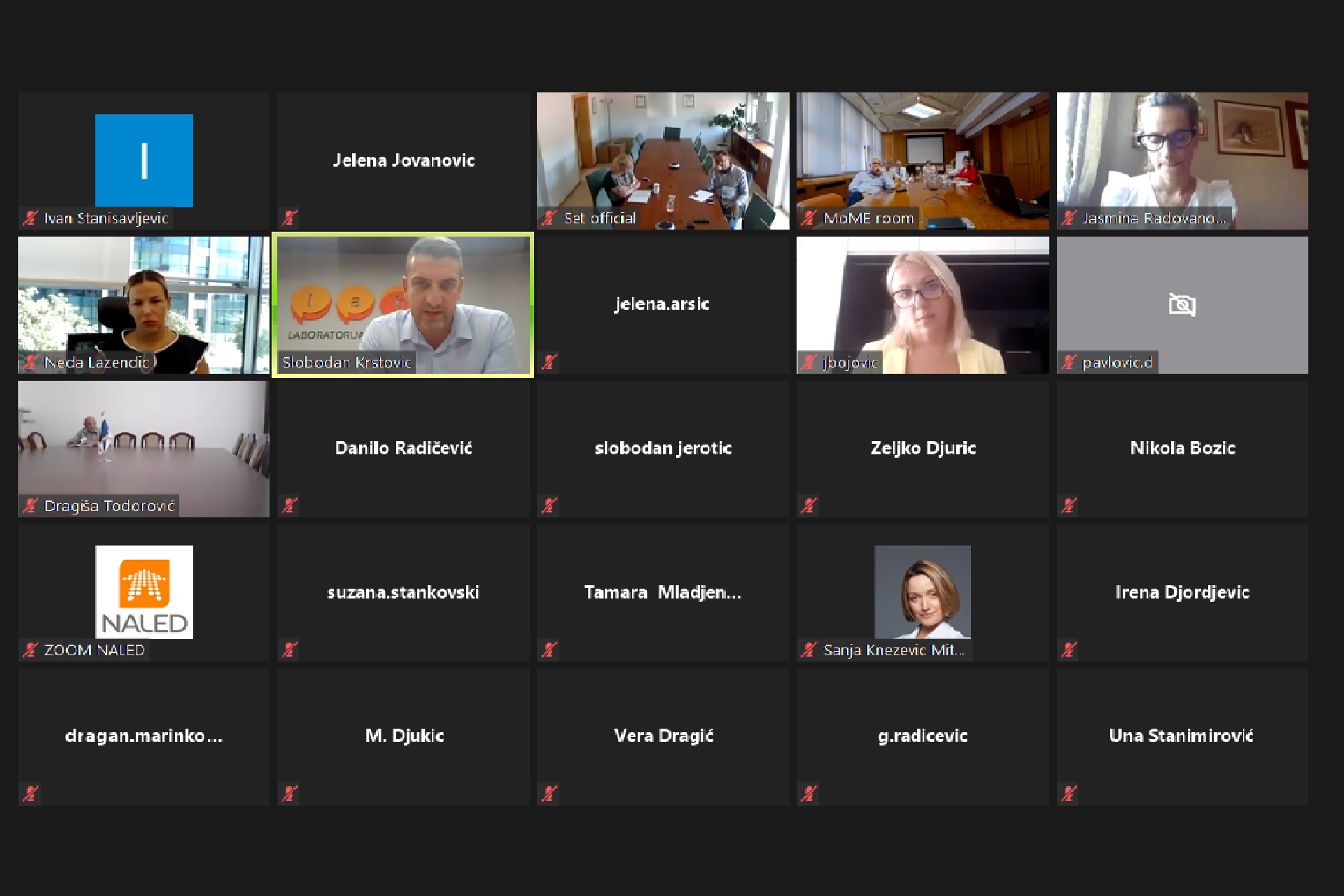Time required to get electricity connection shortened, costs remain a problem
Connecting a new house or building to the energy network requires five administrative steps, and the first one takes an average of 12 days. Nevertheless, it is a significant improvement compared to the last Doing business report of the World Bank for 2022, when it took 28 days to obtain the conditions for joining.
A new analysis by NALED, which included 37 electricity distribution companies in our country (which is responsible for issuing location conditions for designing and connecting to the electricity distribution network) showed that the most successful electricity distribution companies solve requests in six to eight days (Loznica, Sombor and Kruševac), which is faster than the legal term that limits the resolution of requests to 15 days. On the other hand, at the back are Kraljevo, Novi Sad and Mladenovac, for whose conditions it is necessary to wait from 24 to 32 days.
What represents an additional challenge for every investor is that this step also carries the greatest financial burden because it is necessary to pay various taxes and fees, i.e. the cost for the field work of the electricity distribution company to provide the connection.
- The problem with the processing of connection requests is not new, we have been pointing to it for years. Failure to meet deadlines and waiting too long, the need for investors to call officials individually to check the status of their case, and disagreements over the amount of fees to be paid are the most common challenges. The complex regulatory framework and the predictability of the amount of expected costs for connection while obtaining the necessary documentation is an almost impossible mission for future users, which affects the efficiency of the procedure and there is a need to make progress - says Jasmina Radovanović, head of the Unit for Property and Investments in NALED, and adds that previous surveys have shown that as many as 95% of respondents consider the cost of connecting to electricity to be disproportionately high compared to the service.
In NALED's Gray Book 15, as many as three recommendations deal with this topic, and one of the key proposals is that holders of public authority (in this case, electricity distribution companies) do not charge a fee for design and connection conditions, which was recently adopted through an amendment to amendments to the Law on Planning and Construction for objects of category A and B. A long-term solution would be the establishment of a digital platform for the creation of planning documents, so that investors and designers could find out for themselves the conditions for connection in one place, efficiently and transparently, which would speed up infrastructural development and narrow the space for corruption.
After receiving the location conditions, the longest step follows, which is the electrical distribution works on securing the connection and technical control. In the last Doing business report, electric distribution companies completed that work in an average of 89 days.
For the remaining three steps - inspection of internal installations, signing of the contract with EPS and installation of the meter - another 12 days are needed, so the entire work required patience for 125 days. This coincides with NALED's research, in which interlocutors from business and local self-governments stated that for them the entire procedure of connecting to electricity lasted from two to five months.
The procedure for connecting to the electricity distribution system is defined by the Law on Energy, the Law on Planning and Construction and by-laws and is the same for all categories of consumers - individual households, residential buildings and industrial complexes.
The most recent analysis on the resolution of requests for electricity connection was carried out as part of the analysis of monitoring the speed of issuing building permits conducted by NALED.






